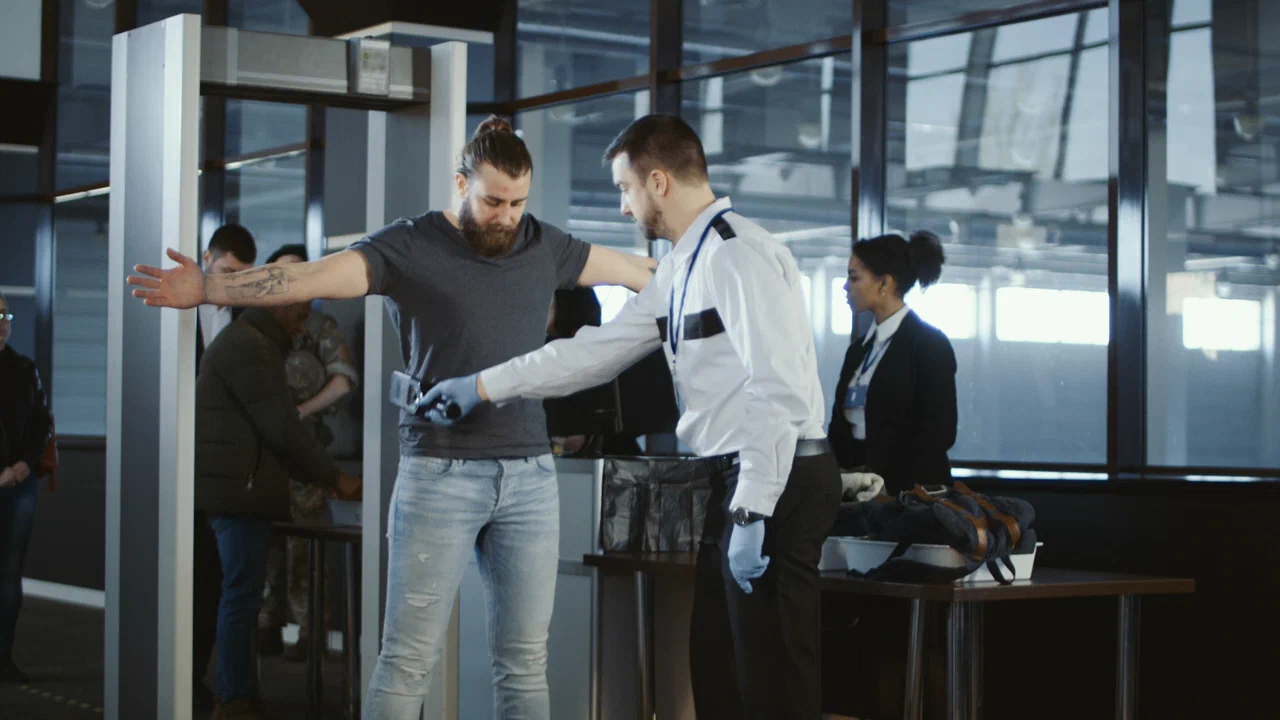When news breaks about a disturbance or emergency at one of Canada’s major airports, it often shakes passengers and those waiting for flights. Toronto Pearson International Airport, being Canada's busiest airport, has been the subject of increased emergency security measures recently. These measures, while necessary for safety, can cause confusion and distress among travelers. This article will explore the reasons behind the new emergency security protocols and what passengers can expect during such incidents.
The Growing Concern for Airport Security
With air travel growing at a rapid pace, airports worldwide, including Canada, have seen an increase in security-related concerns. Emergency situations, whether due to security threats, medical emergencies, or natural disasters, require a swift and efficient response. At Canada's primary airport, Toronto Pearson, the management has introduced additional emergency security measures to better handle potential disruptions.
In addition to general security checks, which include screening of passengers and luggage, these enhanced protocols aim to safeguard travelers from a range of potential threats.
Key Measures Implemented at Toronto Pearson
1. Increased Screening and Monitoring
In the wake of heightened security awareness, airport security teams are using more advanced tools to screen baggage, passengers, and airport areas. The addition of full-body scanners and more robust carry-on checks aims to prevent any unauthorized items from making it onboard.
The introduction of real-time monitoring technology, including surveillance cameras with AI-powered analytics, provides another layer of security. This system can detect suspicious activities or individuals acting unusually, allowing security personnel to respond quickly.
2. Revised Emergency Protocols for Staff
Emergency protocols have been streamlined and updated to ensure that all airport staff members are equipped with the right tools and knowledge to handle any crisis situation. The staff undergoes intensive training in emergency response tactics, such as evacuation procedures, dealing with medical emergencies, and communication during high-stress situations.
3. Passenger Evacuation Plans
In the event of an emergency that threatens the safety of passengers, the airport has devised detailed evacuation plans. These plans are designed to guide passengers swiftly to safe areas in case of a fire, bomb threat, or natural disaster. The airport's terminals are equipped with clearly marked exits and emergency lighting to assist in this process.
4. Enhanced Collaboration with Local Law Enforcement
Toronto Pearson is closely working with local law enforcement agencies, including the Toronto Police Service and the Royal Canadian Mounted Police (RCMP). This collaboration ensures a coordinated response in the event of a terrorist threat, active shooter situation, or large-scale emergency.
What Passengers Need to Know
Traveling can already be a stressful experience, and emergencies only add to the anxiety. However, being prepared and aware of what to expect can help minimize the disruption.
1. Expect Longer Wait Times
With the implementation of these emergency measures, passengers should expect longer wait times for security checks. Airport authorities are asking travelers to arrive at least 3-4 hours prior to their flight departure, especially during peak travel times. This will give ample time for the increased security screening and help avoid missed flights.

2. Stay Updated on Flight Status
During emergencies, flight schedules can be impacted. Passengers are encouraged to frequently check their flight status using the airport’s official website or mobile app. Most airlines will also send real-time updates regarding any delays, cancellations, or gate changes.
3. Cooperate with Security Personnel
In times of heightened security, patience and cooperation are crucial. Travelers may be asked to comply with additional screening or evacuation procedures. While these actions may seem inconvenient, they are being implemented for everyone’s safety.
4. Know Your Rights as a Traveler
If your flight is delayed or canceled due to security measures, familiarize yourself with the compensation policies of your airline. Canadian air travel regulations ensure that passengers are compensated for certain inconveniences. Make sure to keep your receipts for meals, accommodations, and other expenses incurred during the delay.
Why These Measures Are Necessary
As the world faces ever-evolving security threats, it’s crucial for major airports like Toronto Pearson to stay ahead of potential risks. By continuously improving and refining emergency security measures, the airport not only ensures the safety of passengers but also maintains a high level of operational efficiency, even under challenging circumstances.
Furthermore, these measures reflect a broader global trend. With air travel security under the microscope worldwide, Canada is not alone in adapting to the increasing complexities of modern aviation. Other airports in the country, including Vancouver International and Montreal-Trudeau, have similarly implemented advanced safety measures.
Conclusion: Looking Toward a Safer Future
As Canada’s busiest airport continues to grow, these enhanced emergency security measures are a testament to the airport’s commitment to the safety and well-being of its passengers. While the added security may present some short-term inconveniences, they are a necessary step in mitigating the risks of an increasingly unpredictable world.
For passengers traveling through Toronto Pearson or other Canadian airports, it is vital to remain informed, patient, and prepared. With collective cooperation, the security procedures can be navigated smoothly, ensuring that air travel remains as safe and seamless as possible.
Stay safe, stay informed, and remember that these efforts are all in place to protect you during your journey.
